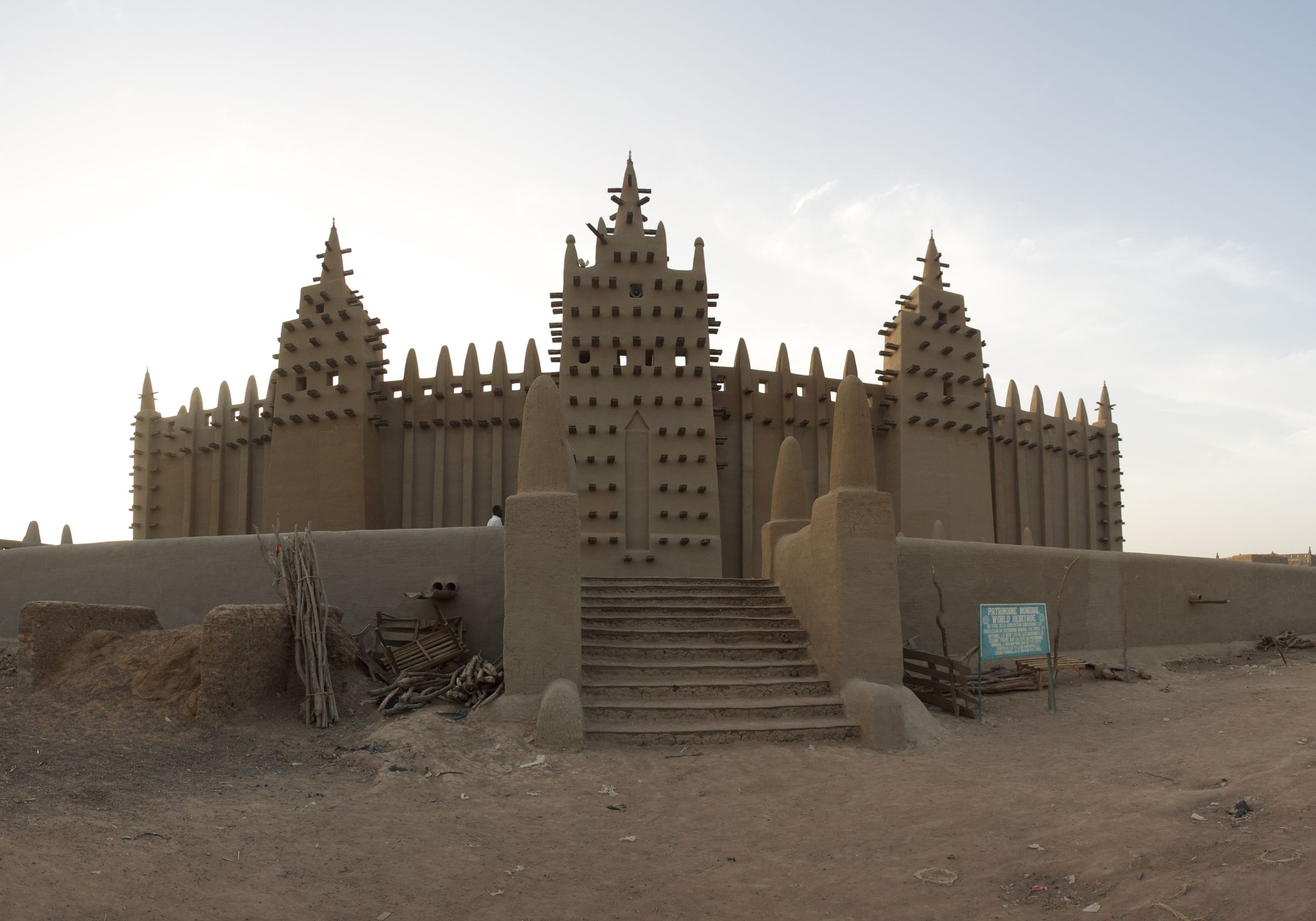The mosque in Mali that is the largest mud building in the world
The Great Mosque Of Djenné in Mali is the largest mud building in the world, and one of the landmarks of Western Africa.
The Great Mosque of Djenné was constructed on the floodplains of the Bani River, and the material used for it, ”adobe”, means ”mudbrick” in Spanish.
While the original mosque was built on the site in the 13th century, the present mosque, considered the greatest achievement of Sudanese-styled architecture, was built in 1907.

The 13th century mosque was built by Sultan Kunburu, a sultan who had previously converted to Islam.
The construction remained largely unknown until 1828, when a French explorer visited the area.
The mosque had been abandoned ten years before, after a Fulani leader conquered the area and left the mosque to fall beyond repair.

Once the French forces captured the town of Djenné in 1893, they arranged for the construction of an original mosque, as well as a school at the site of the old mosque.
The adobe walls are coated with a plaster, while the mosque itself sits on a platform that rises 3 metres above the marketplace level.
The purpose of the platform is to protect the construction from potential floods caused by the Bani River.